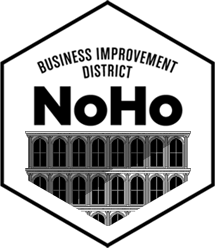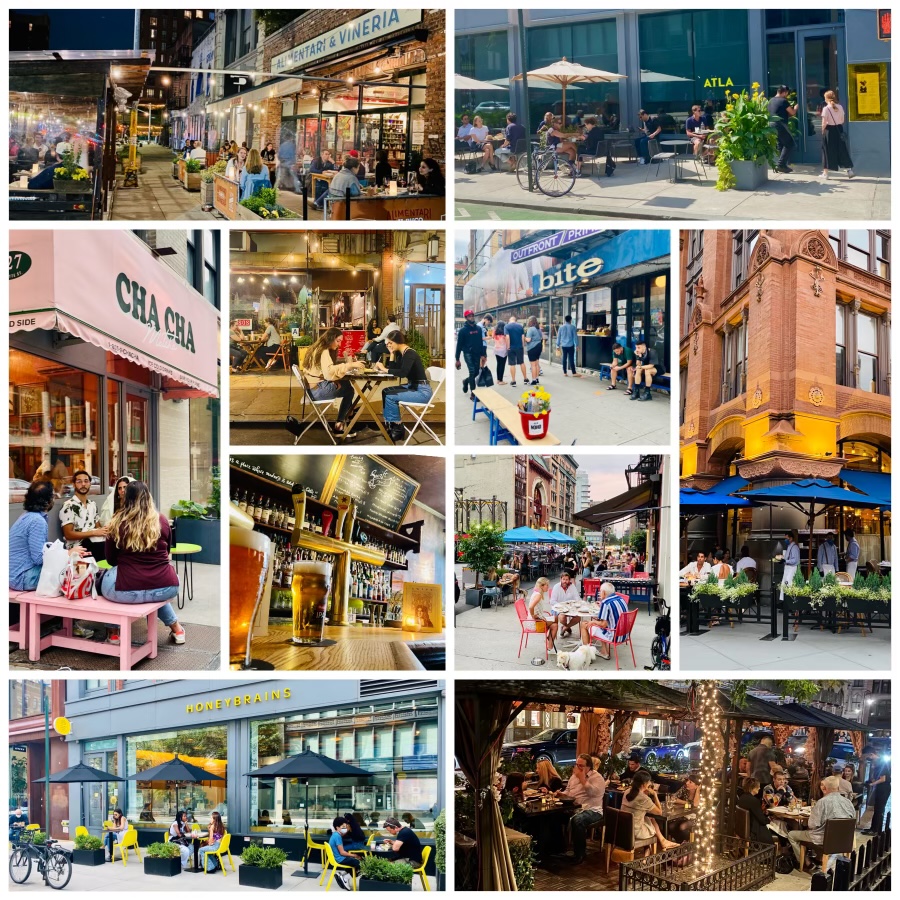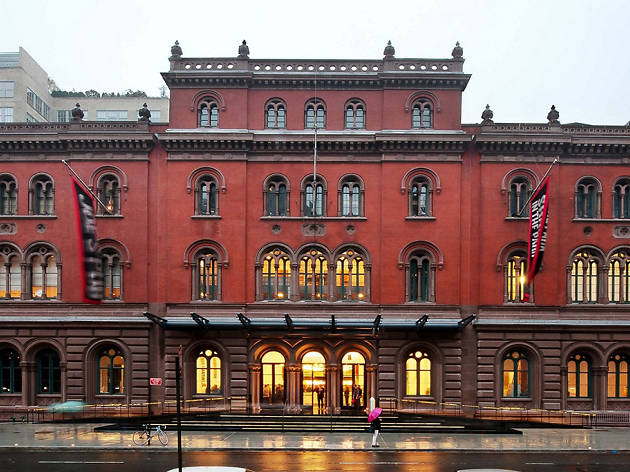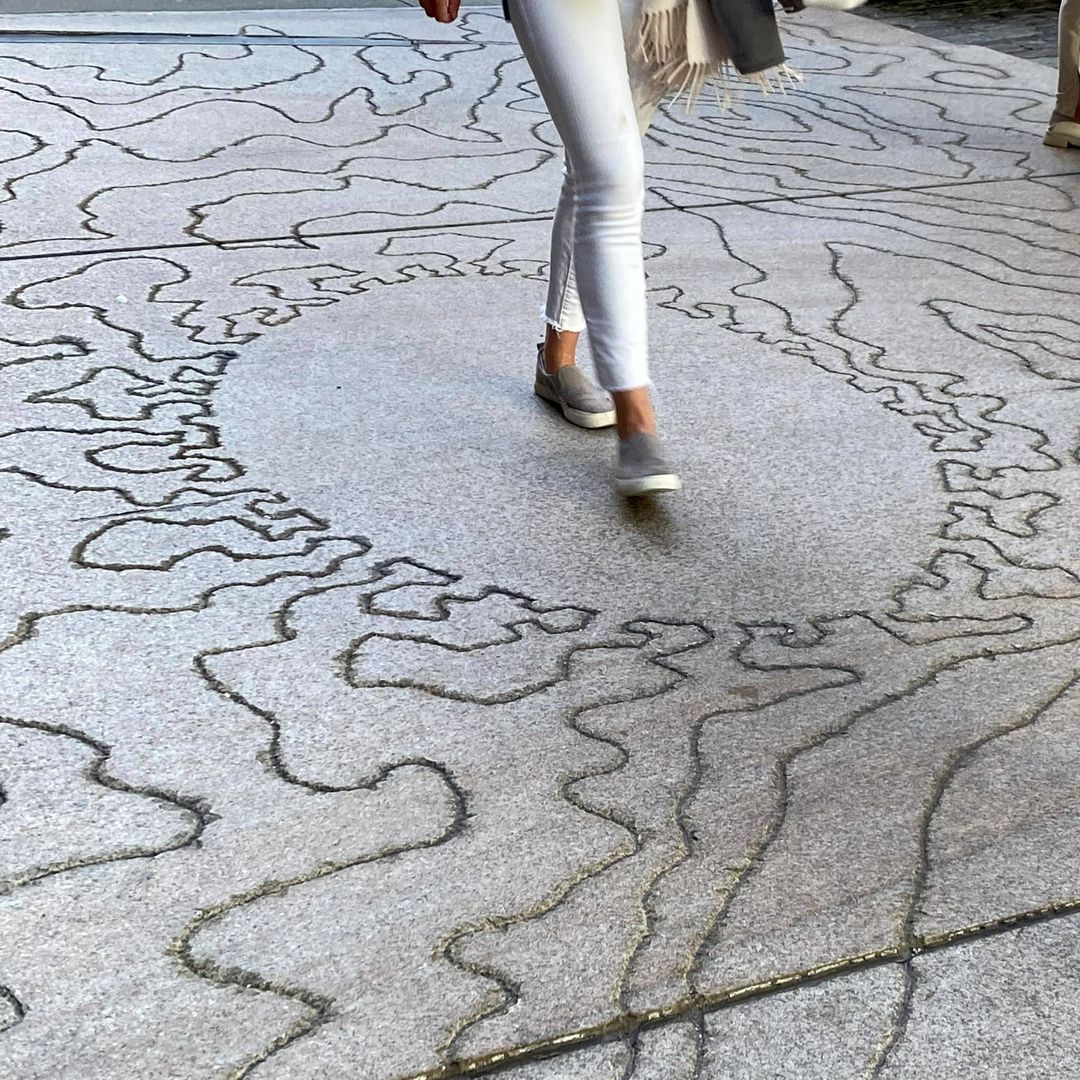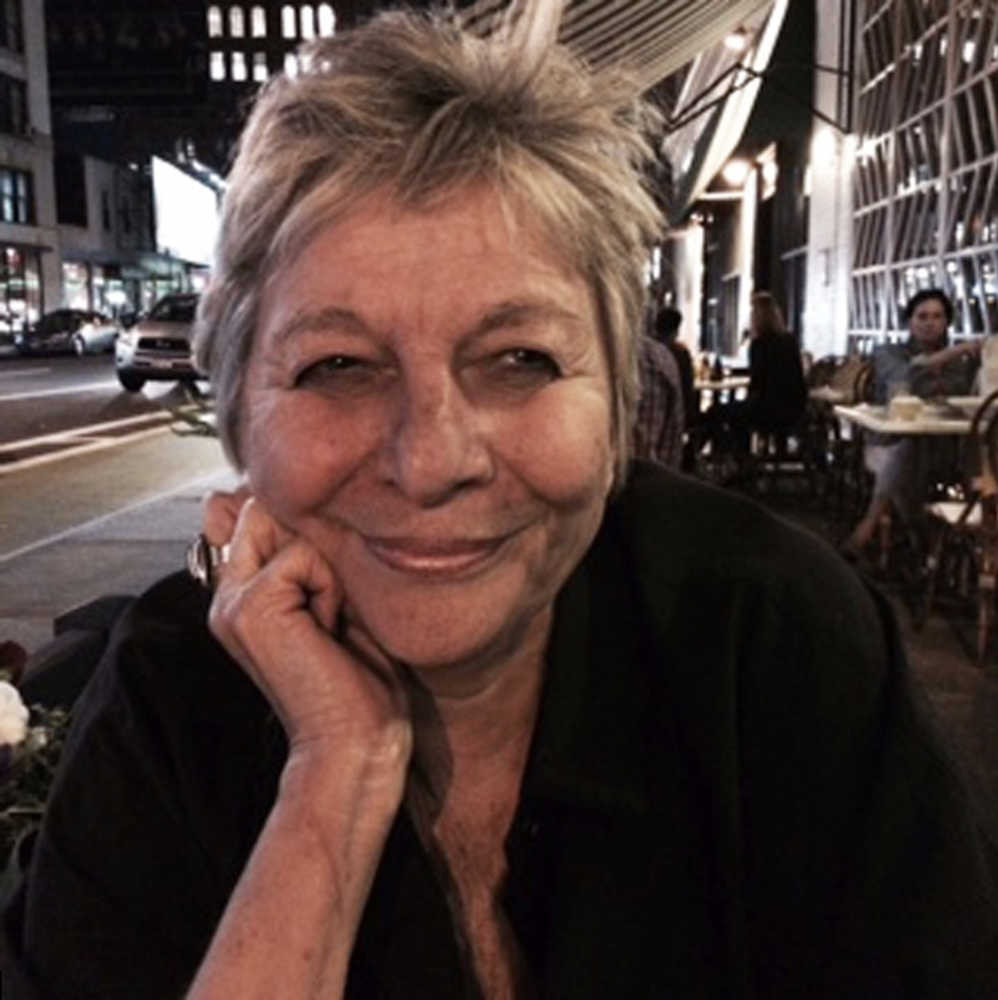
Since 1969, Joan Melnick has lived on NoHo’s beautiful Great Jones Street. At the time, her building was transforming from manufacturing and industrial use, to a building filled with artists from the blossoming Downtown arts scene. She, alongside a friend from college, took over a raw space recently vacated by the Broadway Buttonhole Shop and joined a building already home to dancers and sculptors. Joan’s been in the building ever since.
Ever since first moving in, Joan was “always curious what the street looked like in its earliest days and how the neighborhood developed.” She struggled to find her block’s history, and began conducting her own research at the New York Public Library, New York Historical Society and Museum of the City of New York. This quest for knowledge “sort of opened Pandora’s Box.” Lafayette Place, Great Jones Street, and 4th Street were built out into an elegant neighborhood around the 1830s, and were completely interconnected in their histories. Thus, a fascination with her own block’s history morphed into a bigger topic – The Evolution of a Neighborhood was born.
The Evolution of a Neighborhood, NoHo is the culmination of over twenty-five years of work spent documenting the neighborhood she’s called home for over fifty years. From 1995 to this year, she’s put the project to sleep and resurrected it many times” having finally finished the book during COVID and publishing it this past spring. It wasn’t an easy process, as she would discover through research. There was so little written, and even less visuals. Joan has a rendering business and she “took that capability to… find plans and build the properties” and filled in gaps in the neighborhood’s records. Every single image you see in the book was hand-rendered by her, and every building, was reconstructed by hand, and scaled to fit into its surroundings.
“One thing that really stood out was the idea that you had this elegant, residential neighborhood that has slowly evolved into [a less fashionable neighborhood, center for manufacturing, a creative hub, and into its current form.]” As a long-term resident, she’s witnessed many of these changes firsthand. When she first moved into the neighborhood, SoHo and NoHo were filled with young, new artists” like herself alongside traditional manufacturing uses. Like many artists at the time, they were “living there illegally. The building didn’t have residential status of any kind. The heat turned off at 5:00 PM and never ran on weekends. They had no reliable elevator service and had to improvise their own heating and plumbing systems.”
The loft she and her friend moved into was completely raw space. She fondly remembers “driving around [Lower Manhattan] in the car she had at the time and foraging for lumber.” Using their own skill and DIY ethos, they created spaces to live and work by erecting walls out of that wood and rice paper. The plumbing? All done by a “plumber who charged $1200 cash and a bottle of scotch.”
In 1979, after ten years in the building, a better space with more light on a higher floor opened up. One of the last manufacturing tenants, who imported and painted Russian Orthodox iconography” moved out. A year later, the building’s owner retired and offered the building’s residential tenants the chance to buy the building. Joan recalls the offer the owner made to the group “was what felt like a lot of money at the time, but in hindsight was sold to us for nominal amount of money.”
It’s impossible to overstate just how dynamic the neighborhood was at the time. “It was a quiet neighborhood, and the community was small, but it was incredibly vibrant,” she recalls. “The 70s and 80s, but especially the 70s, were the most vivid times that I would never want to change. Everything was new, there were no boundaries,” and she “waited tables to support herself.” However, in the latter half of the 70s, institutions like The Public Theater began drawing people from across the city, but the spirit stayed the same. She worked across the street at a restaurant called the Colonnades, after its namesake Colonnade Row, and remembers “patrons would come in for dinner before a show, and after the show the same folks and actors from the plays they’d just watched would all come in and stay late drinking and partying.”
In the late 90s, the neighborhood began to change, it became ritzier, and had a growing local and international pastiche. While Joan dearly misses restaurants we’ve lost along the way like NoHo Star and Chinatown Brasserie, she appreciates that the neighborhood has retained its sense of community feel and charms to a greater extent than many other Downtown locales.
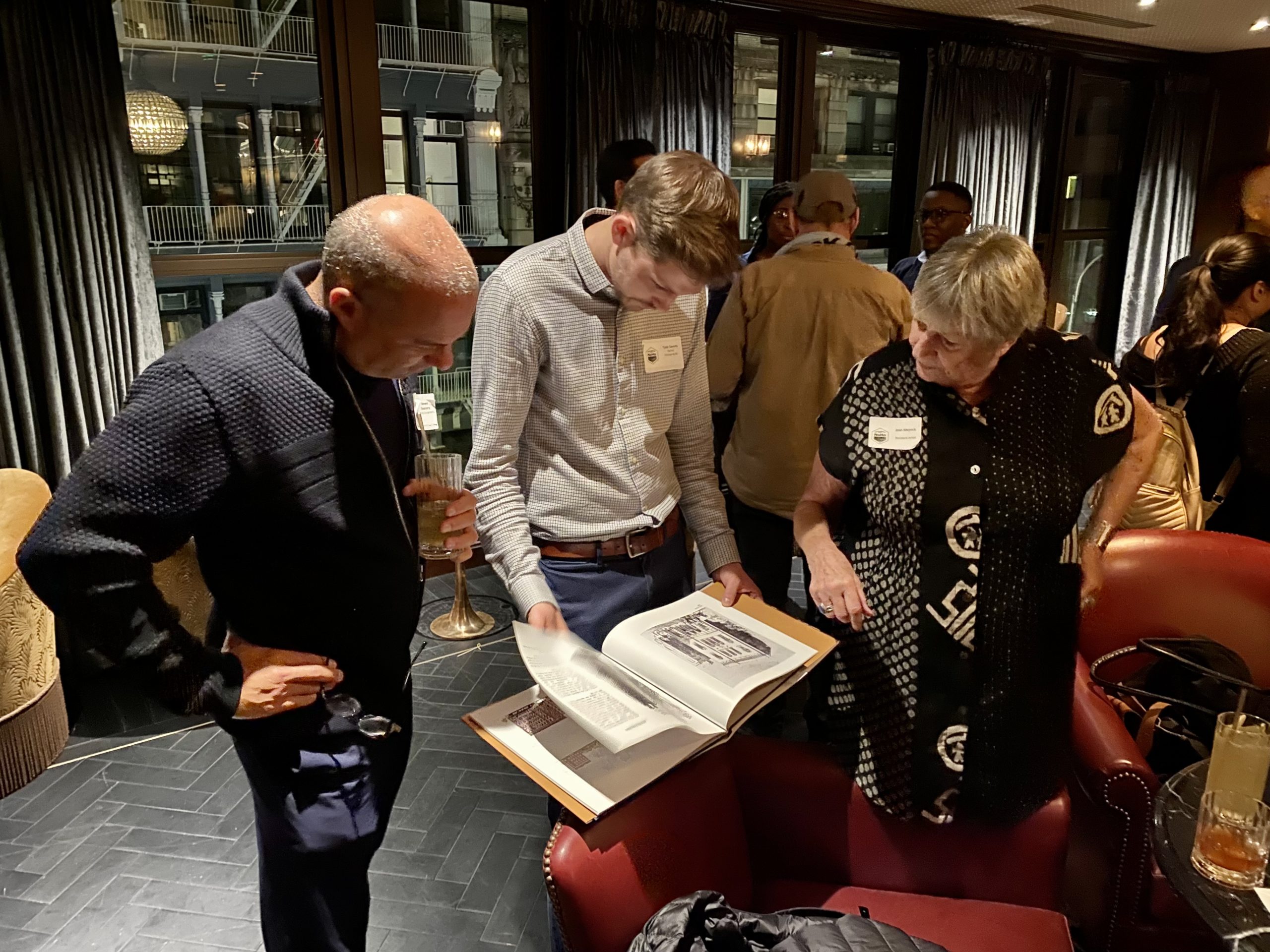
The Evolution of a Neighborhood, NoHo is Joan’s love letter to the community that she’s called home for 52 years. Inside you’ll find the hand-rendered streets of NoHo as they appeared almost two hundred years ago, alongside more recent depictions, alongside snippets of neighborhood history. It’s an incredible work of art that details the changes that have led to NoHo in its current form, all informed by Joan’s own appreciation for the neighborhood’s world-renowned architecture and her own memories of a neighborhood that stimulated many late night conversations relative to the world of art with her friends past and present in the community!
The Evolution of a Neighborhood, NoHo is available for purchase now. To buy a copy, please email Joan at guline@aol.com.
